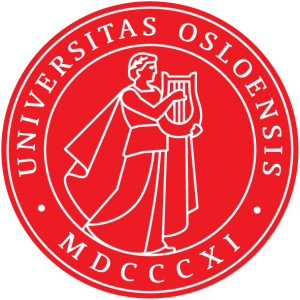
With 28,000 students and 6600 employees, the University of Oslo is Norway’s largest university, and plays a leading role both in Norwegian high-level education and research. In 2018 it was listed 62nd in the Academic Ranking of World Universities, highest in Norway and 19th in Europe. It has a total of 8 major faculties, each of which is subdivided into a number of institutes. In particular, the Faculty of Mathematics and Natural Sciences includes a total of 9 institutes, one of which is the Institute of Theoretical Astrophysics (ITA), which serves as the host and organizer of the current project. Although among the smallest regular science institutes in Norway, it also consistently ranks among best research institutes in Norway. For instance, our normalized publication score (official Norwegian measure of high quality publications per researcher) was 4.04 in 2015, almost 25% higher than the second best for any regular university department in Norway. During the last six years, we have hosted five top-level ERC Starting/Consolidator/ Advanced projects, two of which led by Prof. Hans Kristian Eriksen. We are also currently participating in many internationally leading cosmology experiments, including COMAP, LiteBIRD, SPIDER, all led by Dr. Ingunn Kathrine Wehus, and Euclid.
This success is the direct product of concious planning during the last 20-30 years. Recognizing that the astronomy community in Norway is too small to play a leading role in instrumentational astronomy, a decision was instead made to focus heavily on computational expertise. As a result of this long-term strategy, ITA is today recognized as a world-leader in both computational cosmology and solar physics. A critical part of this expertise stems from having top-level in-house computational resources, including a 2800-core and 6PB-disk system. This cluster will be used extensively in the proposed project.
